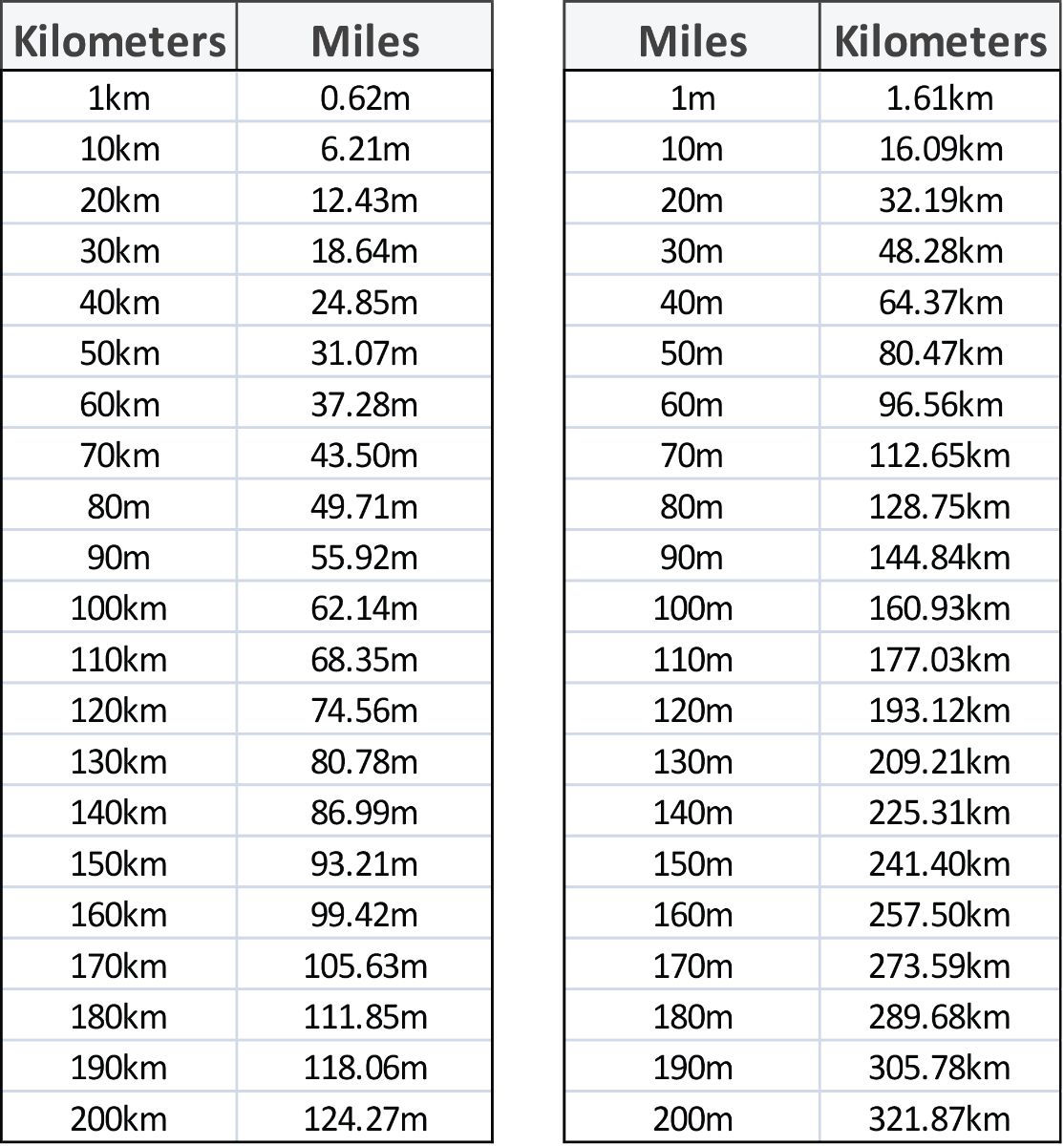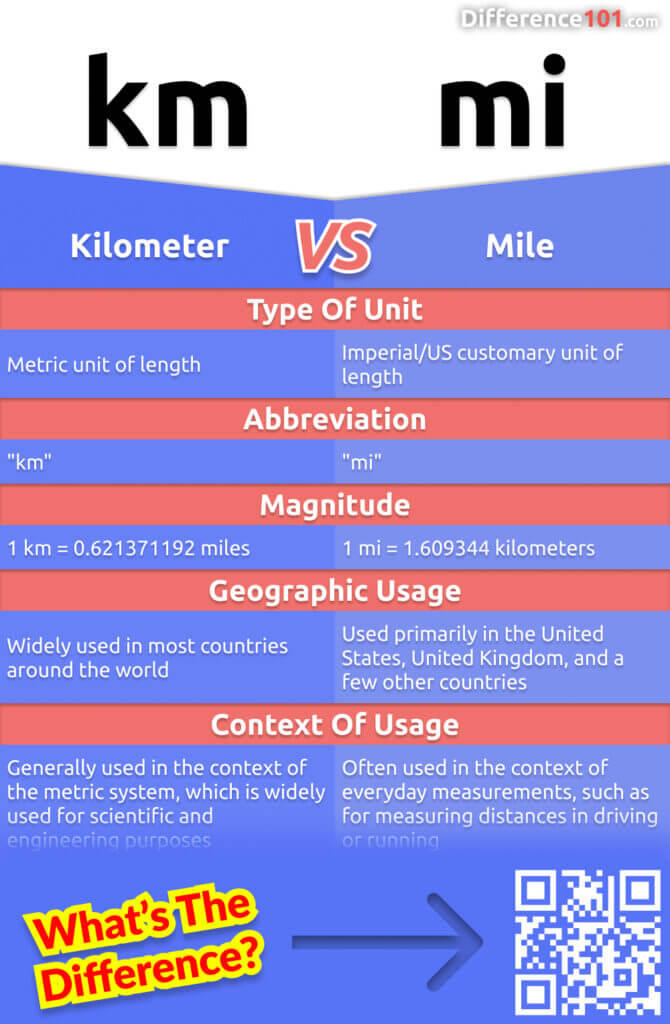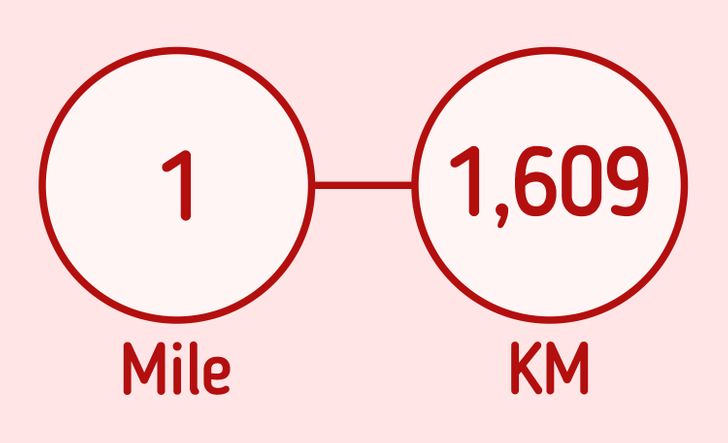When we consider what it means to travel through the air, especially at significant heights, one of the first things that comes to mind is distance. How far have we gone? How high are we? These questions are pretty fundamental to the whole idea of getting from one place to another by flying. It’s a pretty incredible feat, actually, when you think about the sheer amount of space covered and the heights reached by a modern flying machine. We rely on ways to keep track of these things, making sure everyone knows where they are and where they are going, which is, you know, a very important part of staying safe and on schedule up there.
So, to keep track of these aerial stretches and vertical gains, we use specific ways of counting. For a very long time, people have tried to figure out how to measure how far things are from each other, whether it's across a field or, more recently, across vast stretches of sky. These methods of counting distance and height have changed quite a bit over the years, adapting to what people needed and the tools they had available. It’s a pretty interesting tale, really, how we settled on the ways we measure things today, especially when you think about how different it must have been in earlier times.
One of the ways we measure distance that still holds a lot of weight, especially in certain parts of the world, is the mile. This old measurement unit has a pretty long and rather varied past, popping up in different forms and definitions over the centuries. It’s a core part of how we talk about how far things are, and it has a place, too it's almost, in how we think about what "mile high aviation" really means, even if it's just about the distances covered or the altitudes reached. We’re going to take a closer look at this particular unit, seeing where it came from and why it still matters for those who take to the skies.
- Halldora Tryggvad%C3%B3ttir
- Mr T Net Worth
- Vanessa Williams Husband
- Inigo Montoya Actor
- Rick Owens And His Wife
Table of Contents
- What's the Story Behind the Mile?
- How Did the Mile Get Its Start in Mile High Aviation?
- Why Does the Mile Matter for Mile High Aviation?
- What Are the Different Kinds of Miles for Mile High Aviation?
- How Do We Switch Between Miles and Kilometers for Mile High Aviation?
- Is the Mile Still Important for Mile High Aviation Today?
- The Mile's Place in Air Travel
- What Does the Future Hold for Mile High Aviation Measurements?
What's the Story Behind the Mile?
The mile, as a way to measure how far things are, has a pretty interesting past. It's something you might hear called the international mile or even the statute mile, which helps people tell it apart from other types of miles that existed or still do exist. This specific unit of length is a part of what we call the British imperial system of units, and it's also a standard way of measuring things in the United States. Basically, both of these systems got their ideas for the mile from something much older, a kind of measurement that was around a very long time ago, which is, you know, quite a bit of history to think about.
When you consider any of the different ways we use the word "mile" to talk about distance, like the statute mile that comes in at 5,280 feet, which is about 1.609 kilometers, it all goes back to something the Romans used. It started out as the Roman "mille passus," which just means "a thousand paces." This was a way of counting that amounted to 5,000 Roman feet. So, it's pretty cool to think that a simple step taken by a Roman soldier thousands of years ago still influences how we measure things today, especially when you’re thinking about, say, how far a plane has traveled.
The idea of a mile has actually changed quite a bit over the course of history. It's not like it was always the same exact length. Different places, even within England itself, had their own ways of figuring out what a mile was. There was the statute mile, which we still use, and then there was something called the old English mile, which was a bit different. These changes happened because, well, things change, and people needed their measurements to fit what they were doing at the time. It’s a bit like how language shifts over time, really, adapting to new ways of life and new technologies. So, the mile we use now is just the latest version of a very old idea.
- How Old Is Emily Rath Orzabal
- Levi Voice Actor
- Travis Kelce Fantasy Names
- 4th May Star Sign
- Elvis Presley Grandkids
How Did the Mile Get Its Start in Mile High Aviation?
While the mile itself didn't begin with airplanes, its presence in how we talk about "mile high aviation" comes from its role as a common way to measure how far things are and how high things go. When people first started flying, they needed ways to describe their journeys and their altitudes. In countries that used the mile for everyday measurements, it was only natural to extend that to what was happening in the sky. So, when you hear about something being a "mile high," it's drawing on that established understanding of distance from the ground up. It’s a very natural connection, you know, for people who are used to thinking in terms of miles.
Think about it this way: if you’re used to driving distances in miles, or knowing how many miles it is to the next town, then when someone talks about flying, it just makes sense to use the same kind of measurement. For example, flight altitudes are often given in feet, and since a mile is exactly 5,280 feet, that connection is pretty clear. So, when we talk about "mile high aviation," it's not just a catchy phrase; it’s rooted in the actual units of measure that people in certain parts of the world use to make sense of the world around them, including the sky above. It’s really about applying a familiar measuring stick to a new kind of space.
Why Does the Mile Matter for Mile High Aviation?
The mile matters for "mile high aviation" because it’s a standard way people in some places, like the United States and the United Kingdom, understand distance. When you’re flying, knowing how far you’ve gone or how much further you have to go is, quite frankly, pretty important for everyone involved. Pilots, air traffic controllers, and even passengers need to have a clear idea of these distances. The mile gives them a common way to talk about these things, helping to keep operations smooth and safe. It’s about having a shared language for measurement, you know, which is something we often take for granted.
Even though many parts of the world use the kilometer, the mile still holds its ground in aviation in specific regions. For instance, air speeds are often given in knots, which are related to nautical miles, and visibility for pilots might be reported in statute miles. So, while you might not always hear "miles" directly when discussing flight paths or altitudes, the underlying system of measurement in certain countries means the mile, or its close relatives like the foot, are still very much in play. It helps to keep things consistent for those working within those systems, which is, you know, a very good thing when you’re talking about flying machines.
What Are the Different Kinds of Miles for Mile High Aviation?
When we talk about the mile in the context of "mile high aviation," it's worth knowing that there isn't just one single definition that everyone uses all the time. The most common one we usually think of is the statute mile, which is that 5,280 feet or about 1.609 kilometers. This is the one you’d use if you were measuring a road trip or, say, the distance between two towns. It’s a unit of distance that’s equal to 1,760 yards, which, you know, gives you another way to picture its length.
However, in the world of air travel, there’s also the nautical mile. This one is a bit different and is used specifically for things like sea travel and air travel. A nautical mile is based on the Earth’s circumference and is slightly longer than a statute mile, coming in at about 1.852 kilometers. So, while the general idea of "mile high aviation" might bring to mind the standard land mile, those who work in the skies often deal with the nautical mile for plotting routes and measuring speeds. It's a subtle but important difference, really, depending on what you’re trying to measure.
The definition of the mile has, in fact, changed many times throughout history. This happened because, well, the way people measured things and what they needed those measurements for kept changing. Sometimes it was about trying to be more precise, and other times it was about making things work better for trade or for maps. These shifts mean that the "mile" you might have heard about a few centuries ago might not have been the exact same length as the one we use today. It's a good reminder that even something as seemingly fixed as a unit of measurement can have a rather flexible past, which is, you know, something to keep in mind when looking at older records or maps.
How Do We Switch Between Miles and Kilometers for Mile High Aviation?
Switching between miles and kilometers is something that comes up quite a bit, especially when you’re talking about "mile high aviation" on a global scale. Since some countries use miles and others use kilometers for measuring distances, there’s a constant need to convert one to the other. Luckily, there are simple ways to do this. For instance, you can find instant, free online tools that will do the conversion for you, whether you need to go from miles to kilometers or the other way around. These tools make it pretty straightforward, actually, to get the numbers you need without having to do a lot of math in your head.
Most of these tools will also show you a conversion table, which lists out common mile values and their kilometer equivalents, and they even give you the steps for how to do the conversion yourself if you wanted to. For example, you just multiply the number of miles by 1.609 to get kilometers, or divide kilometers by 1.609 to get miles. This is really helpful for anyone dealing with international information, like weather reports for pilots that might be given in different units, or flight plans that cross borders where measurement systems change. It’s about making sure everyone is speaking the same numerical language, you know, which is pretty important for clear communication.
Is the Mile Still Important for Mile High Aviation Today?
Yes, the mile is still pretty important for "mile high aviation" today, particularly in places like the United States and the United Kingdom. While the world has largely moved towards the metric system for many things, the mile, and its related unit, the foot, continue to be used in air travel in these regions. For example, aircraft altitudes are almost always given in feet, and since there are 5,280 feet in a statute mile, the mile is still a very relevant way to think about how high a plane is flying. It’s a part of the established way of doing things in those areas, which is, you know, something that doesn't just change overnight.
Understanding the mile, its history, how to convert it, and where it’s used can really help you get a better handle on how distances and times are measured accurately, especially when it comes to flying. It’s not just about knowing a number; it’s about understanding the system that number belongs to. Many countries, as you might know, use the kilometer as their main unit of distance, following the international system of units. But the mile, as a unit of length in the US customary and imperial systems, is still commonly used to measure rather large distances in aviation in specific contexts. So, while it might not be universal, it’s certainly not gone from the skies yet.
The Mile's Place in Air Travel
The mile has a definite place in how we talk about air travel, even if it's not always the most obvious unit. When we talk about "mile high aviation," it often conjures up images of planes cruising far above the ground, and those heights are usually measured in feet, which, as we’ve discussed, are directly linked to the mile. So, a plane flying at 35,000 feet is almost seven miles high. This connection makes the mile a pretty useful way to conceptualize the vast distances and impressive altitudes that are a part of flying. It gives us a sense of scale, you know, which is something we often need when thinking about such big numbers.
Pilots and air traffic controllers, especially in countries that stick with the imperial system, constantly work with measurements that relate to the mile. Whether it's the distance to a runway, the range of a radar, or the separation between aircraft, these figures are often expressed in terms of miles or feet. This consistent use helps keep things clear and safe in a very busy environment. It’s a bit like how a carpenter uses a specific kind of tape measure; it’s the tool that works best for their job, and for many in aviation, the mile and its components are still very much that tool.
What Does the Future Hold for Mile High Aviation Measurements?
What the future holds for how we measure things in "mile high aviation" is an interesting question. While there's a strong push globally for more standardization, meaning more countries using the metric system and kilometers, the mile has shown a pretty remarkable ability to stick around, especially in places where it's been used for a very long time. It’s deeply woven into the systems and the way people think about distance in the United States and the United Kingdom. So, it's not likely to disappear completely anytime soon, you know, because old habits can be pretty hard to change.
However, as more international cooperation happens in aviation, there’s always a discussion about making things more uniform. This could mean more widespread use of kilometers in the future, even in places that currently favor the mile. For now, though, people working in air travel will continue to need to be comfortable with both systems, converting between miles and kilometers as needed. It’s about being flexible and ready for whatever comes next, while still honoring the ways of measuring that have served us well for a very long time.
Related Resources:



Detail Author:
- Name : Kurtis Bins
- Username : patrick89
- Email : timothy.gorczany@gmail.com
- Birthdate : 1972-05-01
- Address : 53340 Dorothea Meadow South Mary, SC 13007-9989
- Phone : 1-912-592-7593
- Company : Kertzmann, Price and Hirthe
- Job : Computer Repairer
- Bio : Optio minus et facilis fugit quia ipsam officiis. Est amet est facilis. Sit aut ullam omnis ut.
Socials
facebook:
- url : https://facebook.com/hilpertd
- username : hilpertd
- bio : Et iste tenetur magni non omnis esse veniam quo. Id commodi et quia doloribus.
- followers : 4327
- following : 2502
tiktok:
- url : https://tiktok.com/@delta.hilpert
- username : delta.hilpert
- bio : Qui non veniam numquam ut voluptatum et.
- followers : 6047
- following : 2349
twitter:
- url : https://twitter.com/dhilpert
- username : dhilpert
- bio : Repellat non quibusdam ut hic mollitia. Ipsum sint alias natus quia et doloremque labore. Quia possimus a mollitia tempora.
- followers : 4777
- following : 1517
instagram:
- url : https://instagram.com/delta_hilpert
- username : delta_hilpert
- bio : Ipsam consectetur ut laudantium enim. Id ea minus eos quaerat repellendus maiores fugiat.
- followers : 3889
- following : 2257
linkedin:
- url : https://linkedin.com/in/delta_real
- username : delta_real
- bio : Officia molestiae rem sapiente quas.
- followers : 2088
- following : 2610